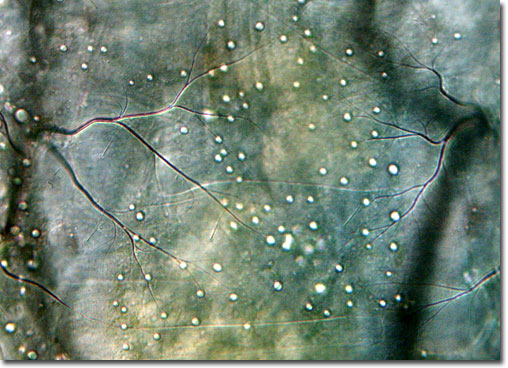Differential Interference Contrast Image Gallery
Chironomid Fly Larva
|
In certain ecosystems, such as the 41,000-acre Cheyenne Bottoms wetlands in Kansas, chironomid larvae are particularly abundant. As many as 50 of the creatures may inhabit a single square inch of mud, providing ample fuel for the large numbers of birds that visit the area during spring migration. Yet, some locales are not so fortunate. Aerially sprayed insecticides eliminate large numbers of chironomids, as well as mosquitoes and other disease-vector insects at which they are targeted. |
© 1995-2025 by Michael W. Davidson and The Florida State University. All Rights Reserved. No images, graphics, software, scripts, or applets may be reproduced or used in any manner without permission from the copyright holders. Use of this website means you agree to all of the Legal Terms and Conditions set forth by the owners.
This website is maintained by our
|
